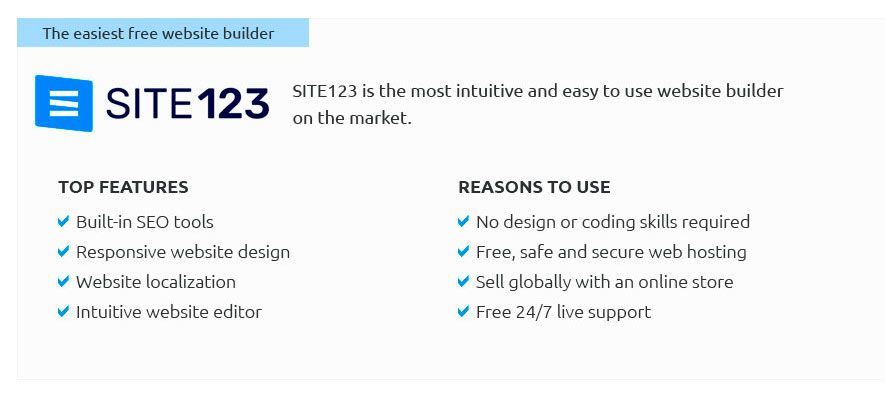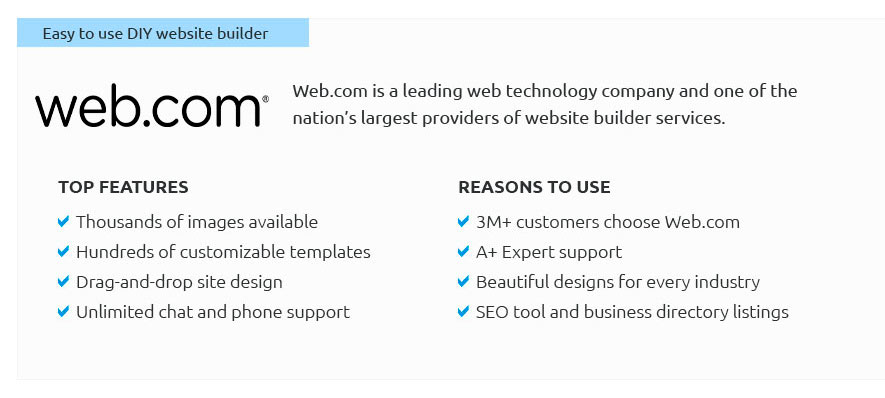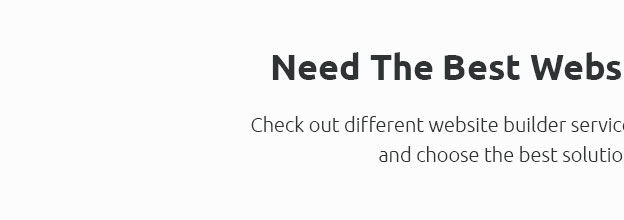 |
 |
 |
 |
|
 |
 |
 |
|
 |
|
 |
 |
|
 |
|
 |
|
 |
 |
Best Ways to Create a WebsiteCreating a website today is both an art and a science, involving a balance between creativity and functionality. Deciding on the best way to create your website requires understanding various aspects such as purpose, audience, and available resources. In the modern digital age, myriad tools and platforms can make this process accessible to everyone, regardless of technical expertise. Firstly, it’s crucial to define the purpose of your website. Is it a personal blog, an online store, or a professional portfolio? Understanding your goals will guide your design and content decisions. For example, an e-commerce site needs a robust platform with shopping cart functionality, while a blog might prioritize aesthetics and user engagement. Once the purpose is clear, the next step is to choose a platform. There are several popular options, each with its own set of advantages.
After selecting a platform, focus on design and user experience. A clean, intuitive layout ensures visitors can navigate your site effortlessly. Consider your color scheme carefully, as it should reflect your brand identity and appeal to your target audience. Equally important is ensuring your website is mobile-responsive. With a significant portion of web traffic coming from mobile devices, your site should offer a seamless experience across all screen sizes. Content is king when it comes to engaging your audience. High-quality, relevant content not only attracts visitors but also improves SEO. Regularly updating your site with fresh content can boost its visibility in search engine results. Integrate SEO best practices by using relevant keywords, optimizing images, and ensuring fast load times. Tools like Google Analytics can help track your site's performance and provide insights into visitor behavior. Security should never be an afterthought. Protecting your website from cyber threats involves several strategies, such as using secure hosting, regularly updating software, and installing SSL certificates. These steps not only safeguard your data but also build trust with your audience. In conclusion, creating a website is a multifaceted process that requires careful planning and execution. By understanding your objectives, selecting the right tools, and prioritizing design, content, and security, you can develop a website that not only meets your needs but also provides an engaging experience for your users. Remember, a website is a dynamic entity that evolves with your business or personal goals, so remain open to updates and improvements as you grow. https://www.reddit.com/r/Entrepreneur/comments/c177lr/whats_the_easiest_way_to_make_a_website/
Wordpress is by far the easiest way to start a website. They have a bunch of plugins that will help with any type of website she is looking for. https://www.youtube.com/watch?v=b2TP7K9ZFWk
impossible. Being a great designer, marketer, and developer can feel like way ... https://elementor.com - Elementor, best no-code website builder ... https://www.quora.com/Whats-the-easiest-way-to-build-a-good-site
To build good-looking websites easily, use website builders like Wix, Squarespace, or WordPress with pre-designed templates. These platforms ...
|